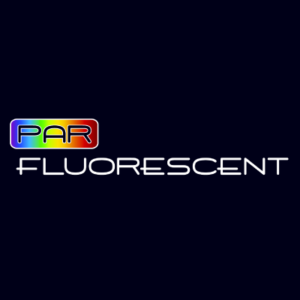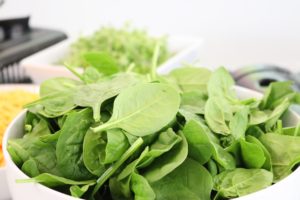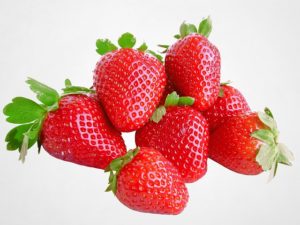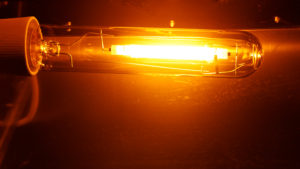High Intensity Discharge lights, or HID grow lights, come in two different forms: High Pressure Sodium (HPS) and Metal Halide (MH). HID lighting is a classic choice for hydroponic lighting, and it remains the most popular light for growing plants indoors. Because you can imitate natural sunlight better, HID lights work well for the different stages of plant growth. They’re inexpensive options for lighting hydroponic systems, although you should still consider changing the bulbs as plants grow.
Metal Halide (MH) bulbs are more commonly used for the ‘growth’ stage of plant life, because the light is one the blue end of the spectrum. High Pressure Sodium (HPS) bulbs are used mainly in the flowering and fruiting stage, because they produce light that’s more orange and red. With the combination of both grow lights, you can provide a full spectrum to your indoor garden.
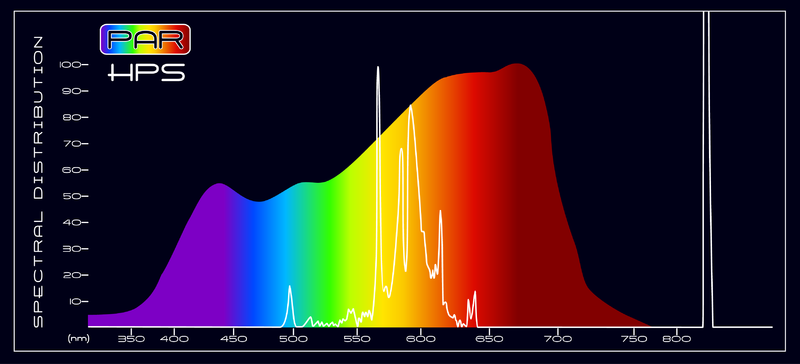
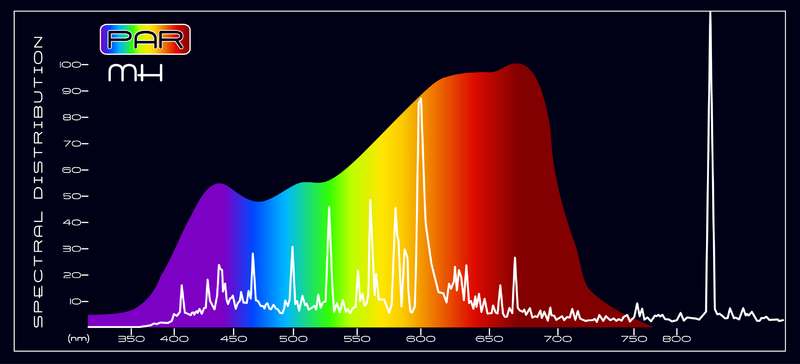
While HID lights are a common choice, and for good reason, there are things you need to consider. First, they produce a lot of heat, so you need to be careful how closely you place them to your plants. Proper spacing and ventilation is key. They also use more electricity because of their intensity. Sometimes HPS and MH lights have different ballasts, which means you need separate fixtures. However, there are also conversion bulbs which allow both in a single ballast.
Advantages of HID Grow Lights
- Inexpensive and easy to obtain
- Provide heat older plants need
- HPS and MH provide spectrums of light for different growth stages
- Allows for taller plant growth
- Closest artificial light to natural sunlight
- Gives more intense light
Try this HPS/MH grow light kit:
Disadvantages of HID Grow Lights
- May get too hot (requiring more temperature control)
- More complicated setup (ballast, bulb, hood/reflector)
- Uses more energy to run
- Some mechanical ballasts work with only one type of bulb
